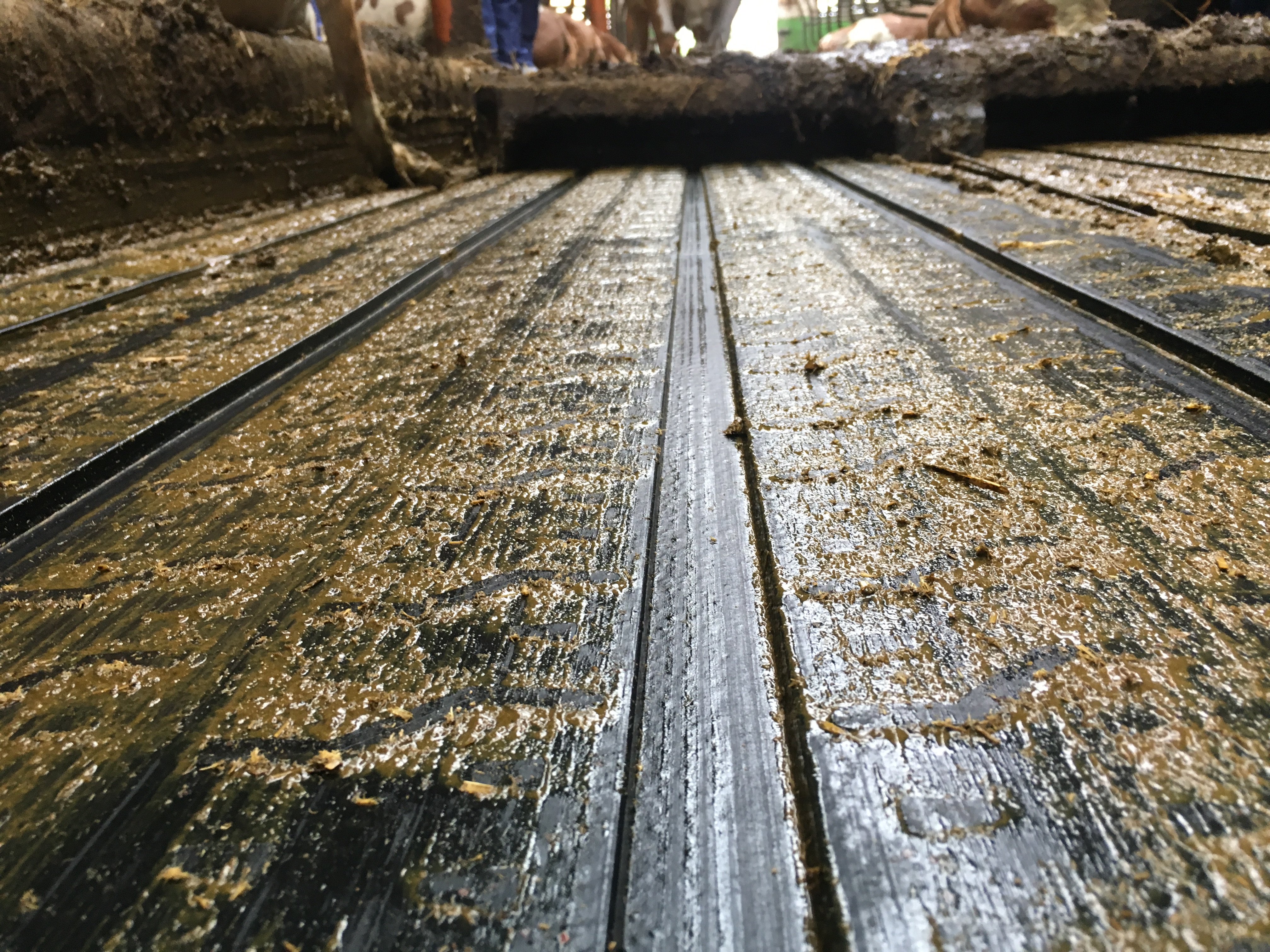In a first step, the appropriate measurement techniques for determining surface roughness are obtained and evaluated. For this purpose, international research partners ( DLG in Germany and ART Tänikon in Switzerland) are involved in the project. What is important here is the general usability in practice on solid and perforated floors (slatted floors).
The comparable analysis of the data is just as important a selection criterion as the simple and error-free handling in practice.
The slip resistance/roughness of stable floors is checked and analyzed in several measurements on 10 selected farms in Austria (actual situation with regard to slip resistance). Among other things, the age and design of the agricultural buildings are an important factor in the analysis.
Remediation measures that are already offered in practice or are currently being developed are examined in more detail and assessed as a whole (animal - human - technology). Two to three of these measures are selected and used on two observation farms each. During the analysis, roughness, animal behavior and claw health are assessed.
From this it should be possible to make a statement about the suitability of the new renovation procedures. The costs of the renovation measures are also included in the analysis: they are calculated and presented in terms of the total costs (labor and machine costs) based on durability. In this way, the chamber advisory service or the farmer should be able to find the most efficient procedure in each individual case.







